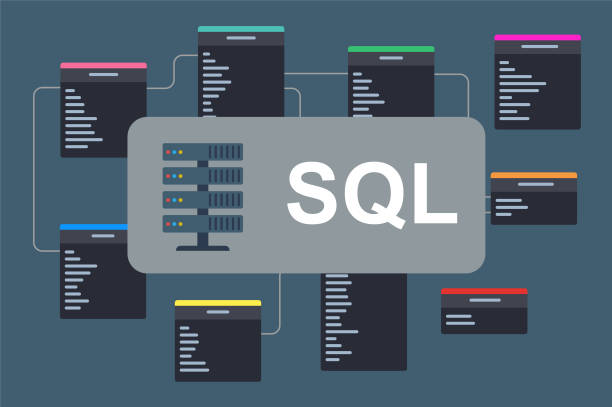3 TIPS FOR EFFECTIVE PENETRATION TESTING
Penetration testing, or ethical hacking, is a vital cybersecurity strategy that involves simulating real-world attacks on systems, networks, and applications to identify vulnerabilities and weaknesses. When done correctly, penetration testing enables organizations to fortify their defenses and safeguard against threats.
To achieve this, it’s essential to conduct penetration testing effectively, which requires a clear understanding of the process. In this article, we’ll explore three essential tips for effective penetration testing, helping you get the most out of this critical cybersecurity measure.
TIP 1: DEFINE CLEAR OBJECTIVES AND SCOPE
Before starting a penetration test, defining clear objectives and scope is crucial to ensure a focused and effective test. Here’s a breakdown of what this means, along with examples:
Objectives:
- What are you trying to achieve?
Example: “Identify vulnerabilities in our web application that could lead to data breaches” or “Assess the security of our new network infrastructure.”

Scope:
- What systems, networks, or applications do you want to test?
Example: “Our company website ((link unavailable)), including all associated APIs and databases” or “Our entire network infrastructure, including all connected devices and servers.”
Vulnerabilities:
- What specific vulnerabilities are you looking for?
Example: “SQL injection vulnerabilities in our web application’s login form” or “Unpatched versions of software on our network devices.”

When you define these objectives, scope, and vulnerabilities, you can:
- Focus your efforts on the most critical areas
- Ensure that you test the right systems, networks, or applications
- Avoid wasting time on unnecessary tests
- Identify vulnerabilities that pose the greatest risk to your organization
For example, let’s say your objective is to identify vulnerabilities in your web application that could lead to data breaches. Your scope is the company website ((link unavailable)), including all associated APIs and databases. You’re specifically looking for SQL injection vulnerabilities in the login form. With this clear objective and scope, you can focus your penetration test on the login form and associated databases, ensuring that you’re testing the right areas and looking for the most critical vulnerabilities.
TIP 2: USE A METHODICAL APPROACH
Penetration testing is a structured process that involves a series of interrelated stages. It begins with reconnaissance, where the tester gathers information about the target system, network, or application. This stage is followed by scanning, which involves using tools to identify potential vulnerabilities and Vantage points for further exploitation.
The next stage is exploitation, where the tester attempts to exploit identified vulnerabilities to gain access to the system or data. Post-exploitation involves analyzing the system or data accessed during the exploitation phase to identify sensitive information, escalate privileges, or move laterally within the network.

Each stage of the penetration testing process builds on the previous one, providing a comprehensive understanding of the system’s security. For example, during a web application penetration test, the reconnaissance stage might involve gathering information about the application’s architecture, technologies used, and potential entry points.
The scanning stage might identify a vulnerability in a specific module, which is then exploited in the exploitation stage to gain access to sensitive data. Similarly, during a network penetration test, the reconnaissance stage might involve mapping the network topology, followed by scanning for open ports and services, exploitation of vulnerabilities to gain access to a device, and post-exploitation analysis to identify sensitive data or escalate privileges.
TIP 3: STAY UP-TO-DATE WITH THE LATEST TOOLS AND TECHNIQUES
The field of penetration testing is dynamic and constantly evolving, with new tools and techniques being developed and discovered regularly. This means that penetration testers must continually update their skills and knowledge to stay effective and provide valuable services to their clients.
New vulnerabilities are being identified and disclosed regularly, and penetration testers must be aware of these vulnerabilities and know how to exploit them in order to test their clients’ systems effectively. Additionally, new exploitation techniques and reporting tools are being developed, and penetration testers must be familiar with these in order to provide the best possible service.
For example, a new vulnerability is discovered in a popular software application, and a penetration tester must be aware of this vulnerability and know how to exploit it in order to test their client’s system.

Another example is a new reporting tool that allows penetration testers to provide more detailed and actionable reports to their clients, and the tester must be familiar with this tool in order to provide the best possible service.
To stay up-to-date with the latest developments, penetration testers must engage in ongoing training and education, such as attending conferences and workshops, participating in online forums and communities, and reading industry publications.
Penetration testing is a powerful tool for identifying vulnerabilities and strengthening an organization’s cybersecurity posture. Remember, penetration testing is not a one-time event but an ongoing process that requires continuous learning and improvement.
Want to learn more about penetration testing and how to become a skilled penetration tester? Join estreet Security University’s Penetration Testing course to gain hands-on experience and learn from industry experts. Our course covers the latest techniques, tools, and methodologies to help you become a skilled penetration tester.
Sign up now and take the first step in advancing your career in cybersecurity.



